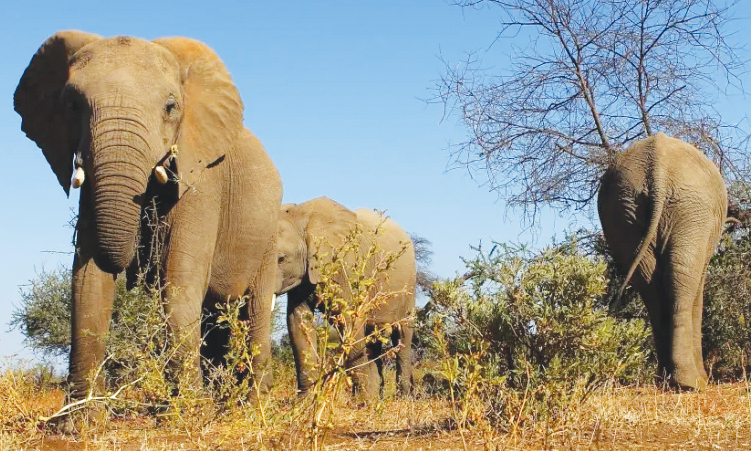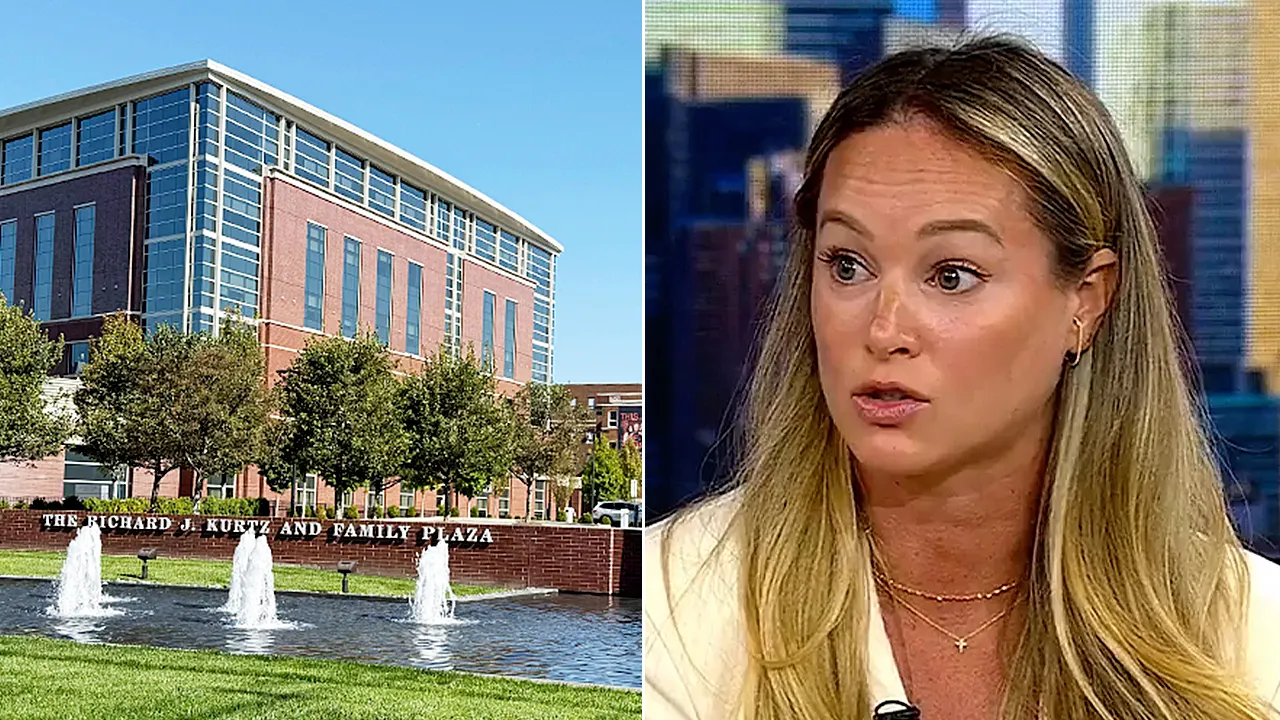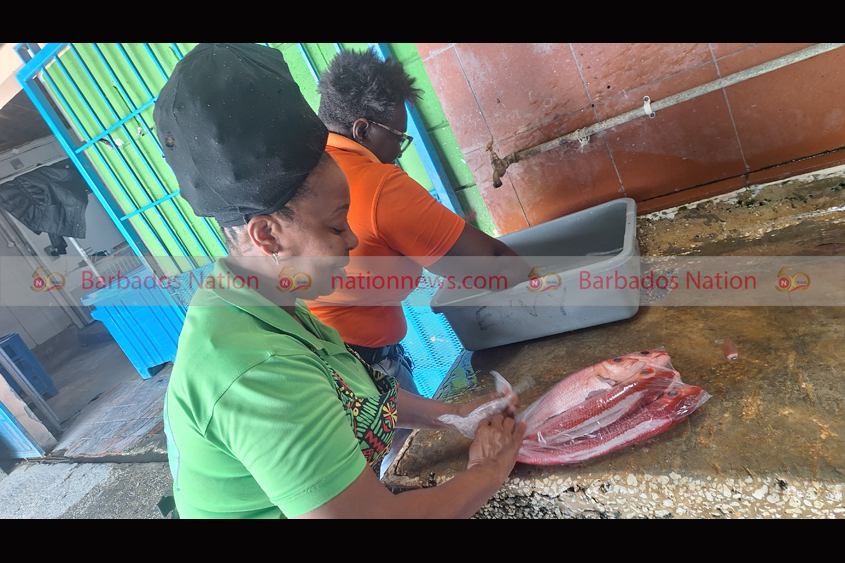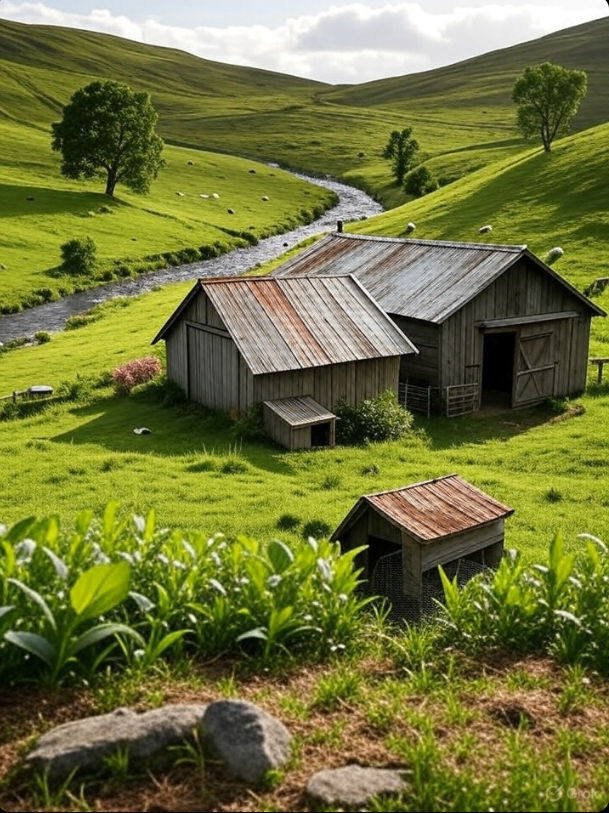By Martin Endjala
Copyright namibian

Prime minister Elijah Ngurare last week gave an update in parliament that his office, through its drought relief programme, allocated 142 000kg of elephant meat distributed to eight regions.
The distribution was in 1.5kg packs per household to drought-affected communities in the two Kavango, Oshana, Oshikoto, Otjozondjupa, Erongo and Zambezi regions.
According to Ngurare, a total of 86 elephants were allocated by the Ministry of Environment and Tourism to complement the drought relief programme.
Out of the 86, 71 elephants were sustainably culled.
“In addition to the elephant meat, various wildlife species (blue wildebeest, eland, plains zebra, impala, buffalo and hippo) were also sustainably culled in Mangetti National Park, Mahango National Park, Kwando and Buffalo Bwabwata National Parks, yielding a total of 157 550kg of meat which was similarly distributed in 1.5kg packs per household, restricted to the Kavango East, Kavango West and Zambezi regions due to veterinary protocols,” he says.
Ngurare also announced the end of the 2024/25 nationwide drought relief programme in all 14 regions.
Cabinet approved the nationwide drought relief programme to be implemented from 1 July 2024 to 30 June 2025, at an estimated cost of N$1.3 billion, following a state of emergency declared on 22 May 2024 by former president Nangolo Mbumba.
The food assistance was provided to 384 954 households, equivalent to 1.4 million people across all 14 regions.
This includes 28 123 households from peri-urban areas and 1 835 households with malnutrition cases.
In an effort to diversify the drought relief food basket and to provide a market for drought-affected farmers to destock, Ngurare says the government procured fresh frozen beef (1.5 kg packs) through the Meatco Northern Communal Area operations.
The fresh frozen meat, he notes, was distributed on a monthly basis to drought-affected households in the Kavango West, Kavango East, Zambezi, Khomas, Hardap, and ||Kharas regions, providing an essential source of protein, complementing other food.
The monthly food basket consisted of 1x20kg bag of unsifted maize meal or mahangu per household; 4x400g tins of fish, with an option to substitute with 1xpack of 750g soya mince, 1x pack of 2kg beans, or 1 pack of 1.5kg meat per household; and 1x 750ml bottle of cooking oil per household.
“However, despite some challenges, I would like to express my sincere gratitude to all stakeholders, particularly the regional councils, offices/ministries and agencies, and development partners, for their continued efforts and commitment throughout the implementation process.
As the programme comes to a close, Ngurare took cognisance of the delay and backlogs encountered and has, therefore, devised a plan for the regional councils to complete the food distribution by 31 August.



